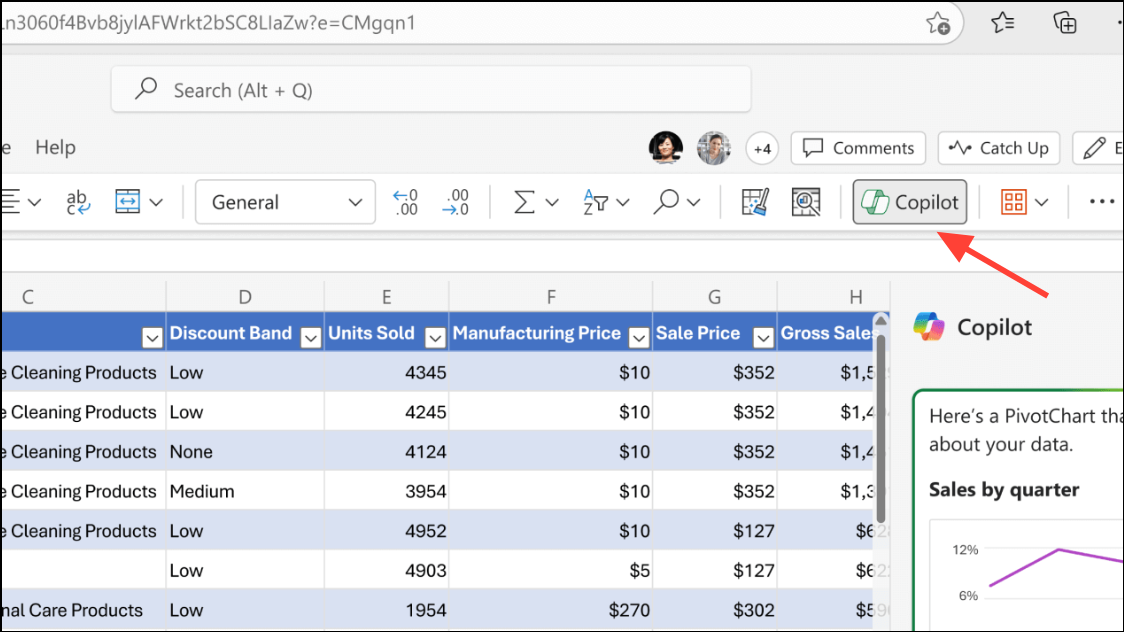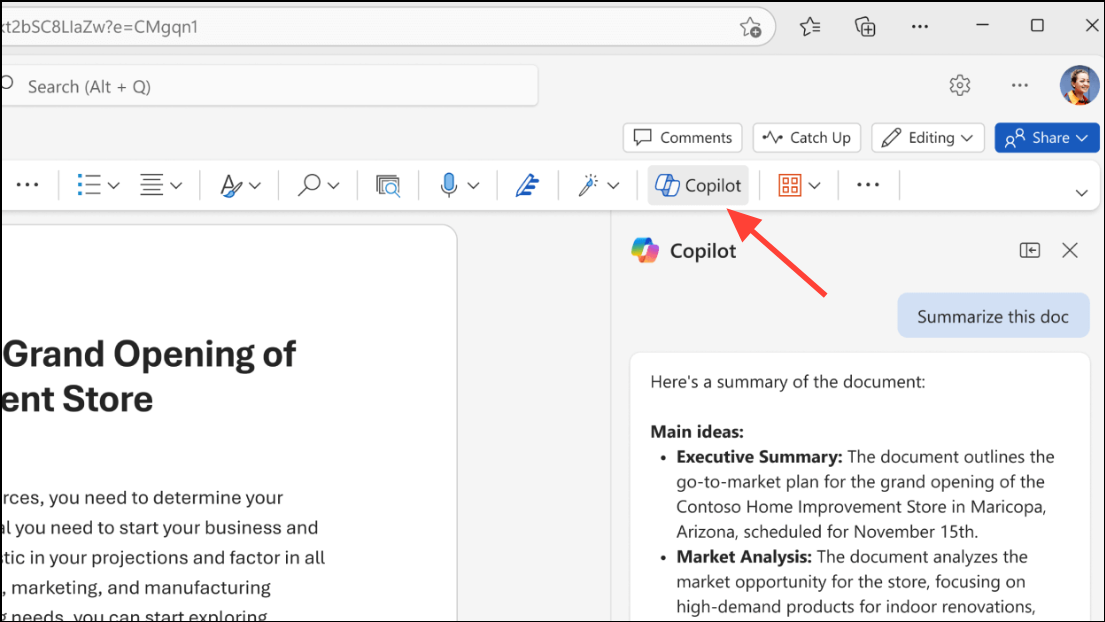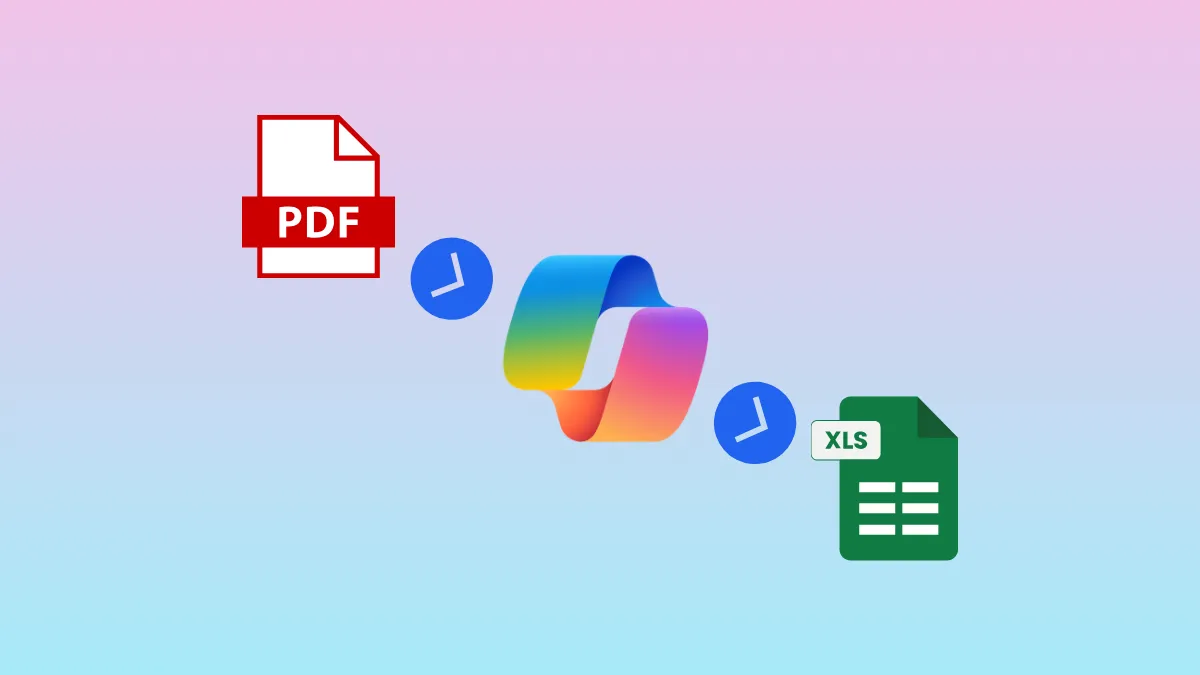Extracting data from PDF files to Excel spreadsheets manually can consume significant time and effort. Microsoft Copilot AI provides a straightforward method to automate this conversion, saving you from tedious data entry and reducing errors. Follow these detailed steps to convert your PDF documents into Excel format quickly and accurately.
Method 1: Converting PDF to Excel Using Copilot AI in Microsoft Excel
Step 1: Open Microsoft Excel and ensure you have the Copilot AI feature enabled. If you haven't activated Copilot yet, click the "Copilot" icon on the Excel toolbar or activate it via the Microsoft 365 settings.
Step 2: Once Copilot AI is activated, open a new blank workbook or navigate to the workbook where you want your PDF data imported. Click on the Copilot icon located on the Excel ribbon to open the AI assistant sidebar.

Step 3: In the Copilot sidebar, type a clear command such as "Convert PDF data to Excel" or "Import data from PDF file". Copilot AI understands natural language instructions, so be specific about your requirement. For example, you might say: "Extract table data from my PDF file and insert it into this spreadsheet."
Step 4: Copilot AI will prompt you to select the PDF file you wish to convert. Click "Browse," locate your PDF document on your computer, and click "Open." Copilot AI will analyze the document, identify tables, numbers, and structured data, and prepare it for import.
Step 5: After processing, Copilot AI will display a preview of the extracted data. Review this preview carefully to ensure accuracy. If necessary, you can instruct Copilot to adjust formatting or correct any extraction errors by entering additional commands such as "Fix date formatting" or "Split addresses into separate columns."
Step 6: Once satisfied with the data preview, confirm the import by clicking "Insert Data." Copilot AI will populate your Excel worksheet neatly with the extracted PDF data, ready for further analysis or editing.
Step 7: After the import, double-check the data in Excel for accuracy. Occasionally, complex tables or unusual PDF formatting may require manual corrections. If needed, use Excel's built-in features to clean up or reorganize the data further.
Method 2: Alternative Approach Using Copilot AI in Microsoft Word
If you prefer or encounter issues directly importing PDF data into Excel, you can first extract data using Copilot AI in Microsoft Word and then transfer it to Excel:
Step 1: Open Microsoft Word and activate Copilot AI from the toolbar. Create a new blank document.

Step 2: In the Copilot sidebar, type the command "Extract tables from PDF file." Choose your PDF file when prompted, and Copilot AI will scan and extract the tables into your Word document.
Step 3: After Copilot inserts the extracted tables into Word, review the data carefully. Make any necessary corrections or formatting adjustments directly in Word to ensure accuracy.
Step 4: Select the tables within Word, right-click, and choose "Copy," or press Ctrl + C. Open an Excel spreadsheet, click on the desired cell, and paste the data using Ctrl + V. Excel will automatically format the pasted data into organized columns and rows.
Step 5: Verify that the pasted data has correctly transferred into Excel. Adjust cell formatting, column widths, or data types as needed to optimize readability and usability.
Tips for Accurate PDF to Excel Conversion
- Ensure your PDF file has clear and structured tables for the best results.
- If your PDF contains scanned images of tables rather than selectable text, you may need to use OCR (Optical Character Recognition) software first to create readable text before using Copilot AI.
- Provide clear commands to Copilot AI to improve data extraction accuracy, such as specifying column headers, data types, or formatting preferences.
- Always review imported data thoroughly after conversion to catch and correct minor errors promptly.
With Copilot AI integrated into Microsoft Excel and Word, converting PDF data into Excel spreadsheets becomes quick and error-free. Give it a try and simplify your data management tasks significantly.


